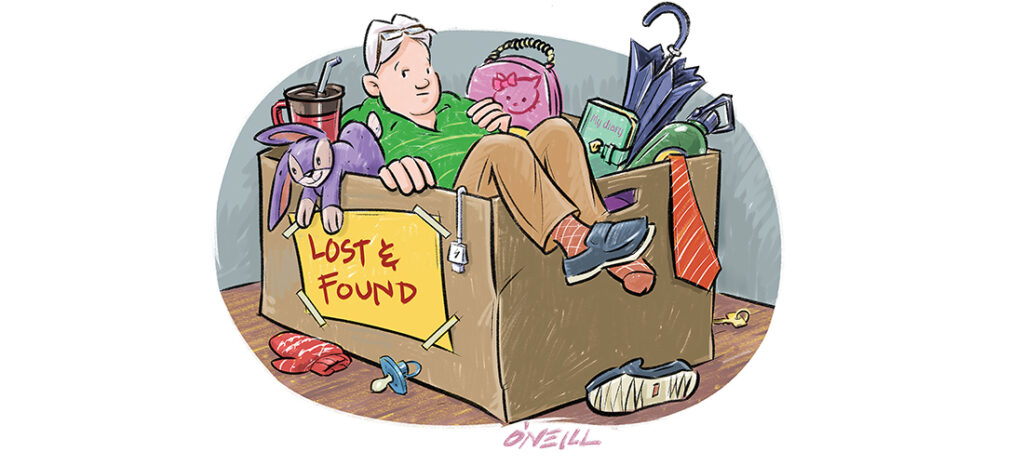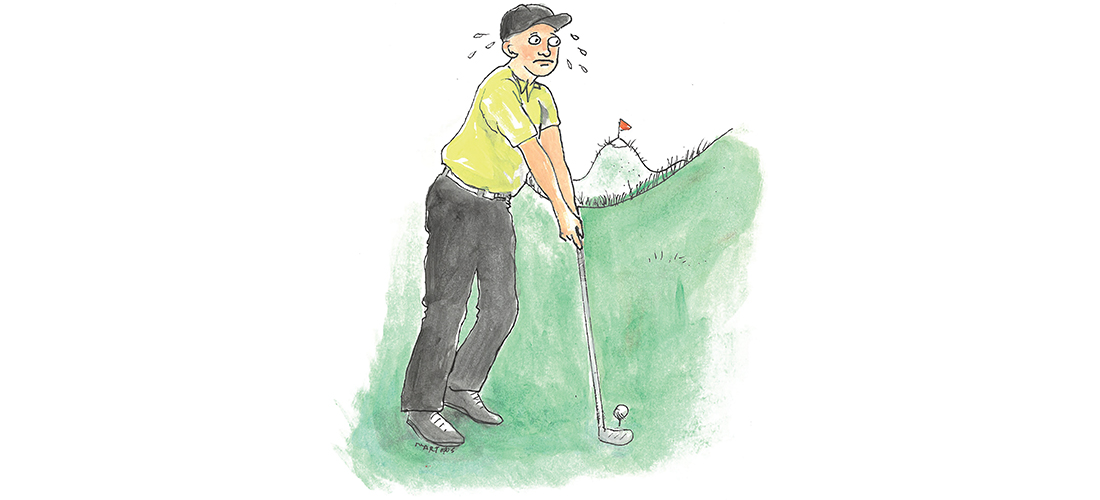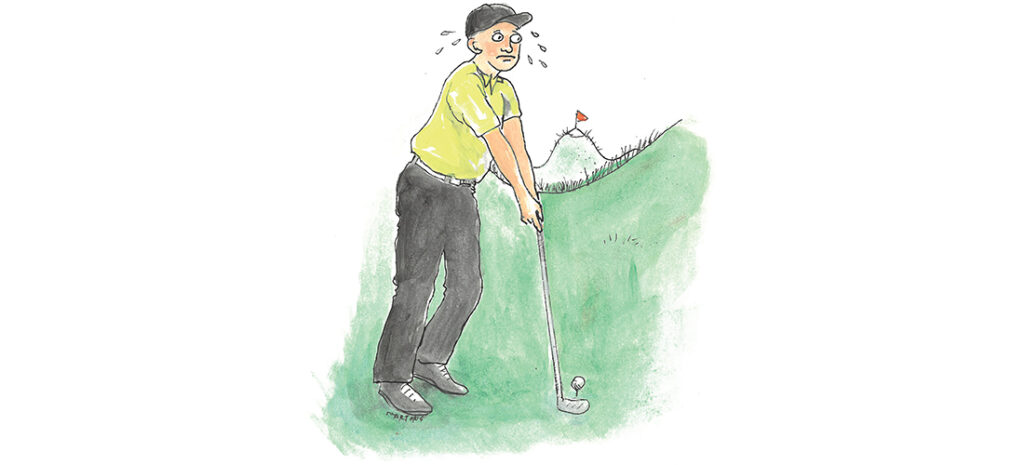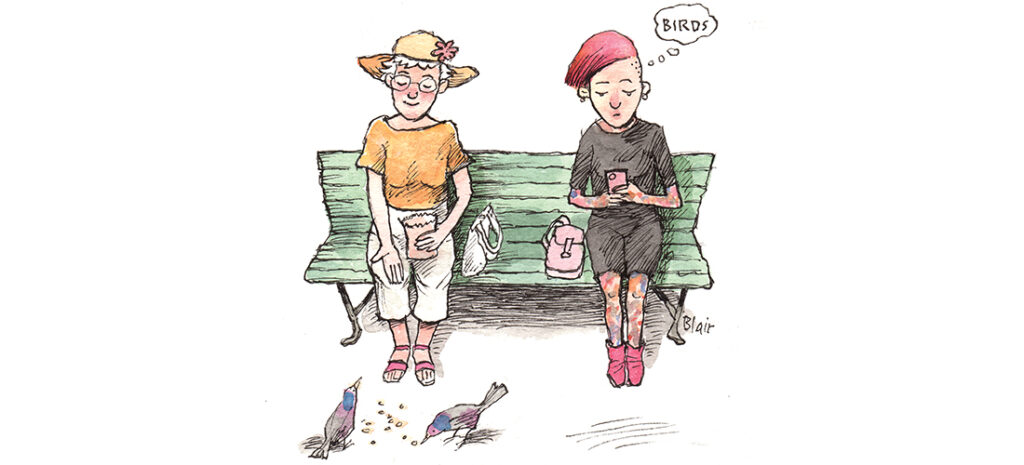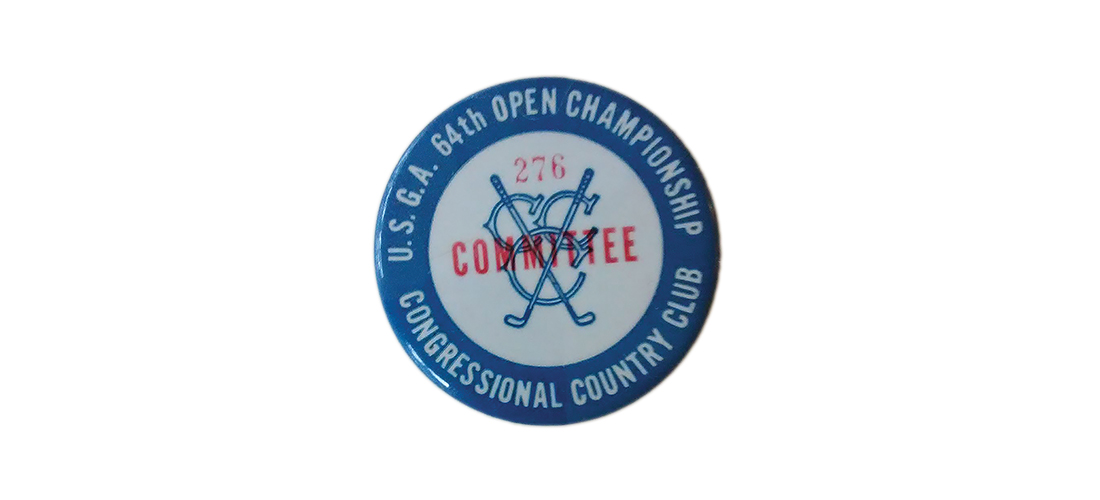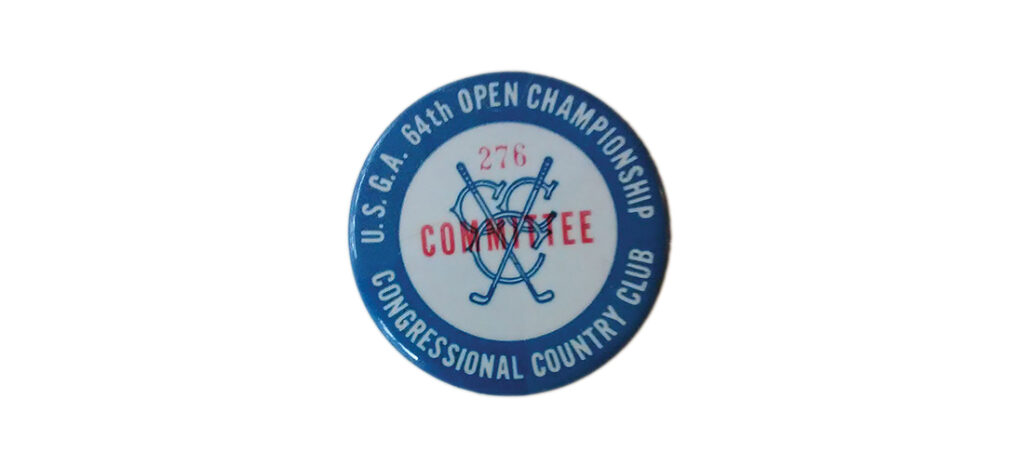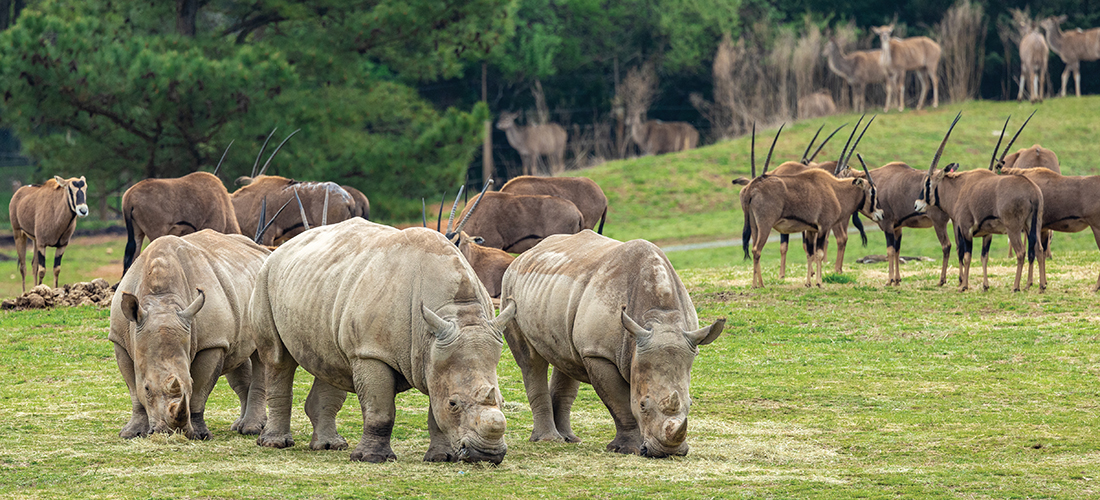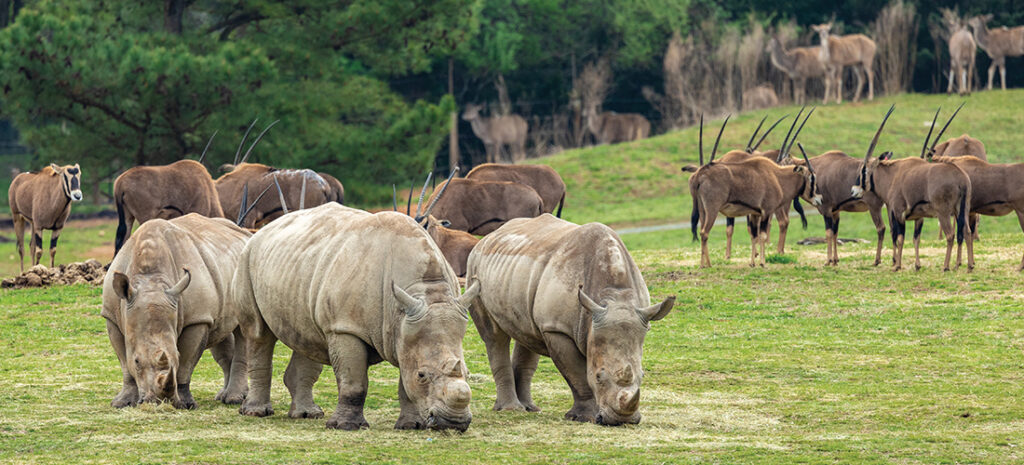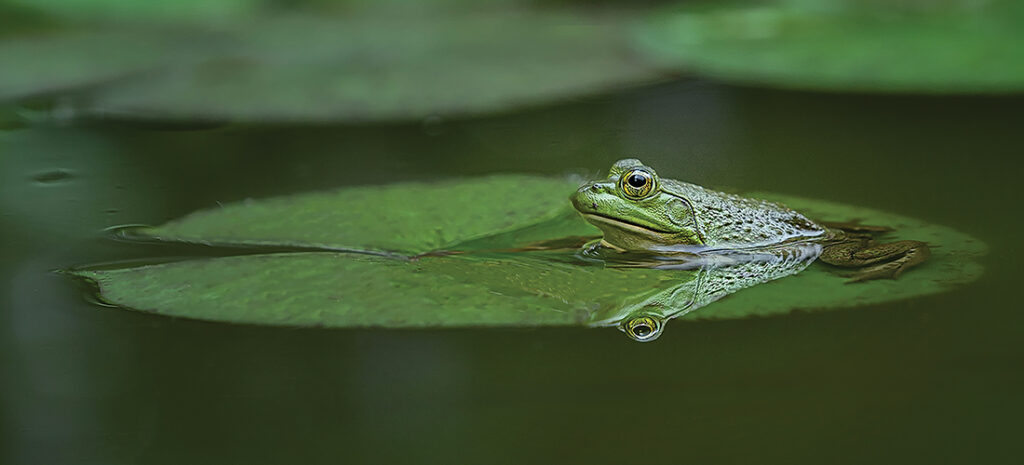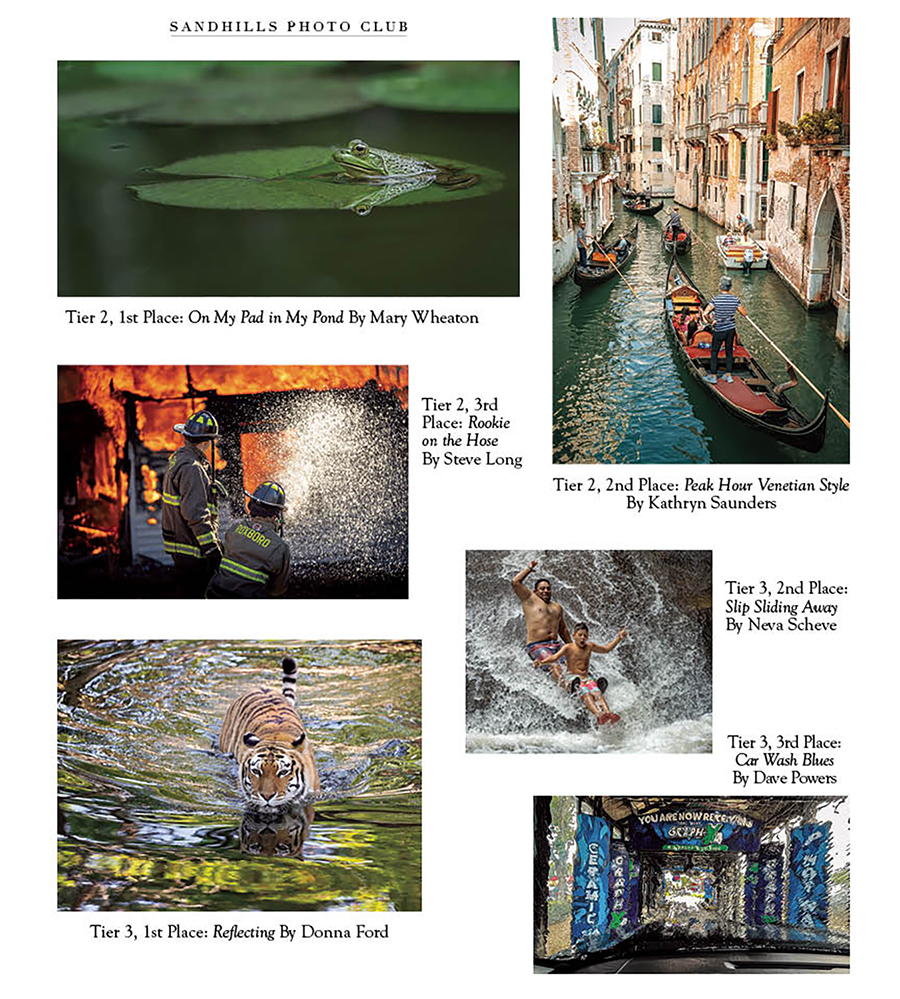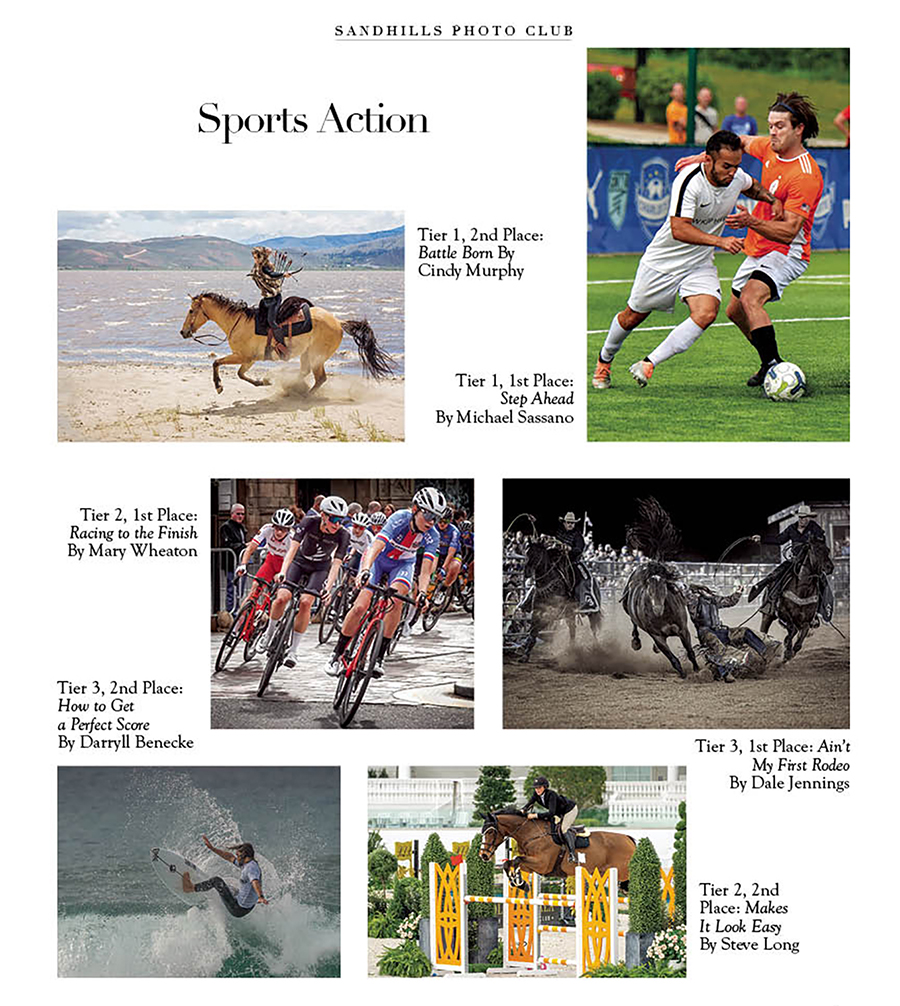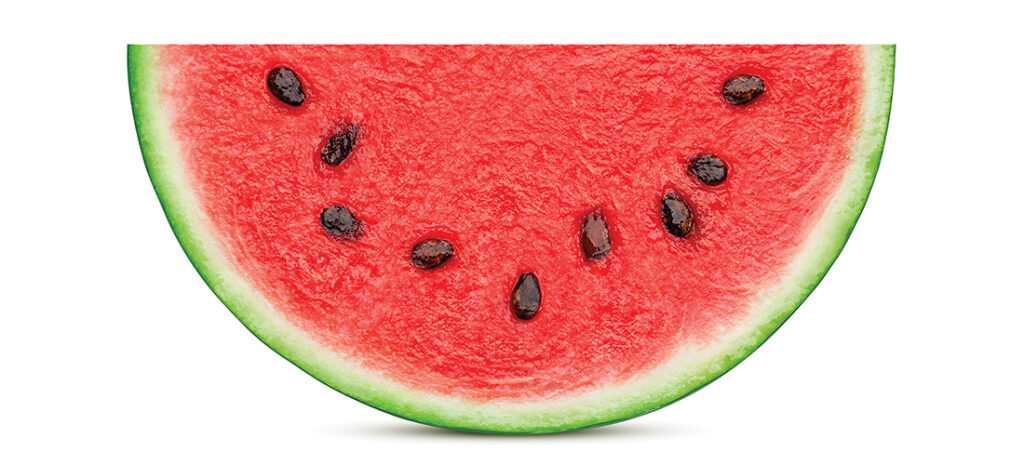Golftown Journal

Jump in a Lake
The rebirth of a great design
By Lee Pace
Cara Spencer remembers the 1990s when her parents and sisters spent most every weekend during the summer at their house at Woodlake Country Club in Vass. They swam. They learned to fish and water ski. They rode inner tubes and drove their boat around the 1,200-acre Lake Surf. They played golf and sipped strawberry daiquiris by the pool.
“Those were the glory days. Woodlake was the place to be,” Spencer remembers. “Our family has a strong sentimental connection to Woodlake.”
Woodlake certainly distinguished itself from its Sandhills competitors with a lake with 13 miles of shoreline; 36 holes of golf designed by Ellis Maples and Arnold Palmer; recreational amenities from swimming to golf, fishing to Jet Skis. One Fourth of July, The Embers blared out “I Love Beach Music” and other summertime shagging favorites.
“It’s laid back. We’ll have more fun in two weeks than some places have in two years,” longtime club professional and Woodlake resident Stuart Taylor liked to say.
That idyllic life at Woodlake for some 2,000 residents was rocked beginning in 2016 when torrential rainfall from Hurricane Matthew set in motion a domino effect that included a breach of the dam, the lake being drained by the State of North Carolina for flood control purposes, the golf courses closing, and the German ownership group losing the facility to bankruptcy.
Five years later, the community and club got a new lease on life when Atlantic National Capital bought Woodlake at auction for $3.5 million, and began negotiations with the county and state lawmakers to repair the dam. The new owners are headed by Fayetteville businessman Keith Allison and his three daughters, Cara Spencer being one of them. As Allison was growing his Systel Business Equipment company into a significant independent dealer of official equipment in the Southeast in the 1980s and ’90s, the family enjoyed their weekend retreat at their home in Woodlake.
“My daughters learned to ski at Woodlake,” Allison says. “My family and I have a longstanding association and sentimental attachment to Woodlake.”
The first move in the fall of 2021 was to hire golf architect Kris Spence to take a look at the overgrown Maples golf course that opened in 1971 and provide a resurrection plan (the 1996 Palmer course will remain closed). Spence remembers Spencer giving him a tour of the overgrown fairways.
“Nature had totally reclaimed it except for a few areas where it looked like homeowners had been cutting some grass,” Spence says. “Cara asked what I thought it would take to get it back open. Hell, I couldn’t even see it. The fairways were 6 feet tall, and there were trees in the bunkers.”
Spence knew from the outset that if the course was designed by Ellis Maples, there were likely some good bones underneath the jungle. Maples grew up in golf design and maintenance, his father Frank serving as the longtime Pinehurst superintendent under Donald Ross, and Ellis started working in golf construction and maintenance at the age of 14. In 1948, he supervised the construction of Ross’ final design project, Raleigh Country Club, and worked for five years as the course superintendent. Maples then went into private practice in 1953 as a golf course architect.
His most notable works include the Dogwood Course with Willard Byrd at the Country Club of North Carolina (1963); and Grandfather Golf and Country Club in Linville (1968). Spence was intimately familiar with the Dogwood Course, having handled a renovation of that course in 2015-16.
Spence hired subcontractors in the fall of 2021 to start clearing the Woodlake corridors and spent considerable time himself on a bushhog machine around the green complexes.
“The more I looked at the golf course, the more I realized this was some really good work by Ellis Maples,” Spence says. “We got the greens cleaned up, and I started to study them. I got excited. After a month, I went back to Cara and said, ‘I don’t think you know what you have here. You have one of the best golf courses in North Carolina.’ That’s saying a lot, especially for this region.”
The first four holes wrap around the lake and then venture into typical Sandhills ground with sandy soil and gently undulating slopes, and the course does not return to the clubhouse after nine, always a good sign that the architect was allowed to find the best 18 holes without the restraint of bringing the ninth hole back to the start.
Spence built a few new tees to add some length and adjusted some fairway bunker placements to catch the longer drives of today, versus the 1971 club and ball standards. Many of the bunker complexes are dotted with the wiregrass so indigenous to the Sandhills, along with acres of hardpan sand. The greens were sprigged with Tif-Eagle Bermuda.
The course reopened in September 2023, and will mark a complete renaissance when the dam and lake work are completed in early 2025 and the lake is restored. The golf shop has been renovated, a new restaurant has opened, and the course is open to outside play.
“Hole after hole you could pick as a signature hole,” says Woodlake General Manager Jeff Crabbe, a veteran of the area golf community and former staff professional at Pinehurst Resort. “There’s not a bad hole on the golf course. Once the lake comes back, it’s going to be pretty special. The vision of the ownership is to make this one of the most sought-after communities in the area and the state. We started from zero in a new membership program and are at 115. We’re proud of that growth.”
Spence compares the view across the lake to something you might see in the South Carolina low country and has been heartened with the opinions from a handful of visitors with high golf I.Q.s who have toured the course since it reopened.
“It’s been fun to watch people’s reaction to it,” he says. “They are like, ‘Wow, I hadn’t expected that.’ This is one terrific golf course. I don’t fall in love with golf courses per se, but I really admire this and appreciate what Ellis did 50 years ago. It is amazing that a golf course of this quality had escaped attention and recognition for so long. It was very satisfying to play a role, to put it back in its rightful place.”
Cara and husband Tommy Spencer live in Fayetteville and keep the family Woodlake tradition alive with a home of their own. One Friday evening in March, they jumped into a golf cart with their three children for the short drive to the Woodlake clubhouse and the first members dinner of the season.
“It was a nostalgic moment for me, thinking back to being a kid and my experiences here, and now having that for my own kids,” she says. “That’s why preserving Woodlake is so important to us.” PS
Lee Pace has written four books about the evolution of Pinehurst, its golf courses and village. His most recent is The Golden Age of Pinehurst. Write him at leepace7@gmail.com and follow him @LeePaceTweet.



